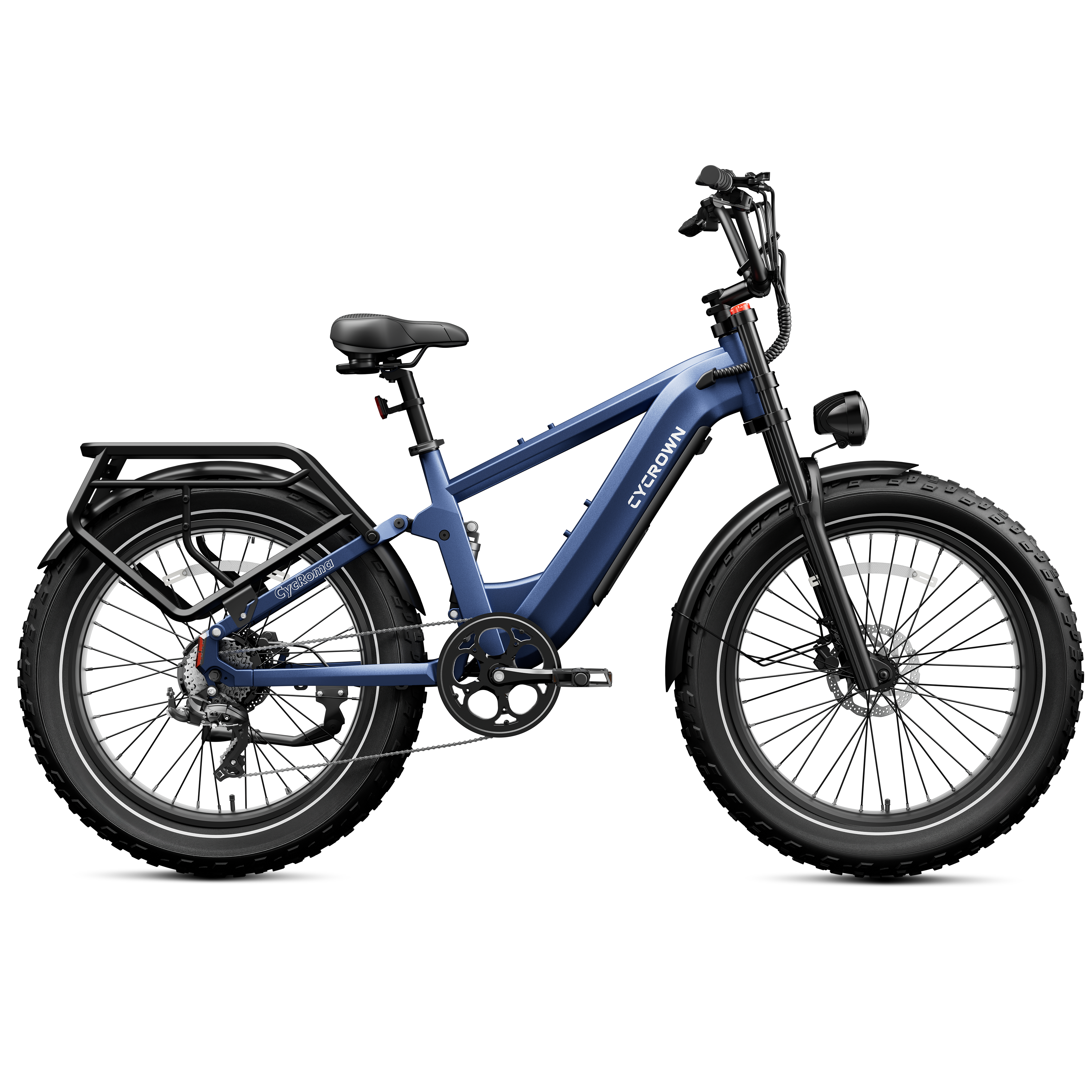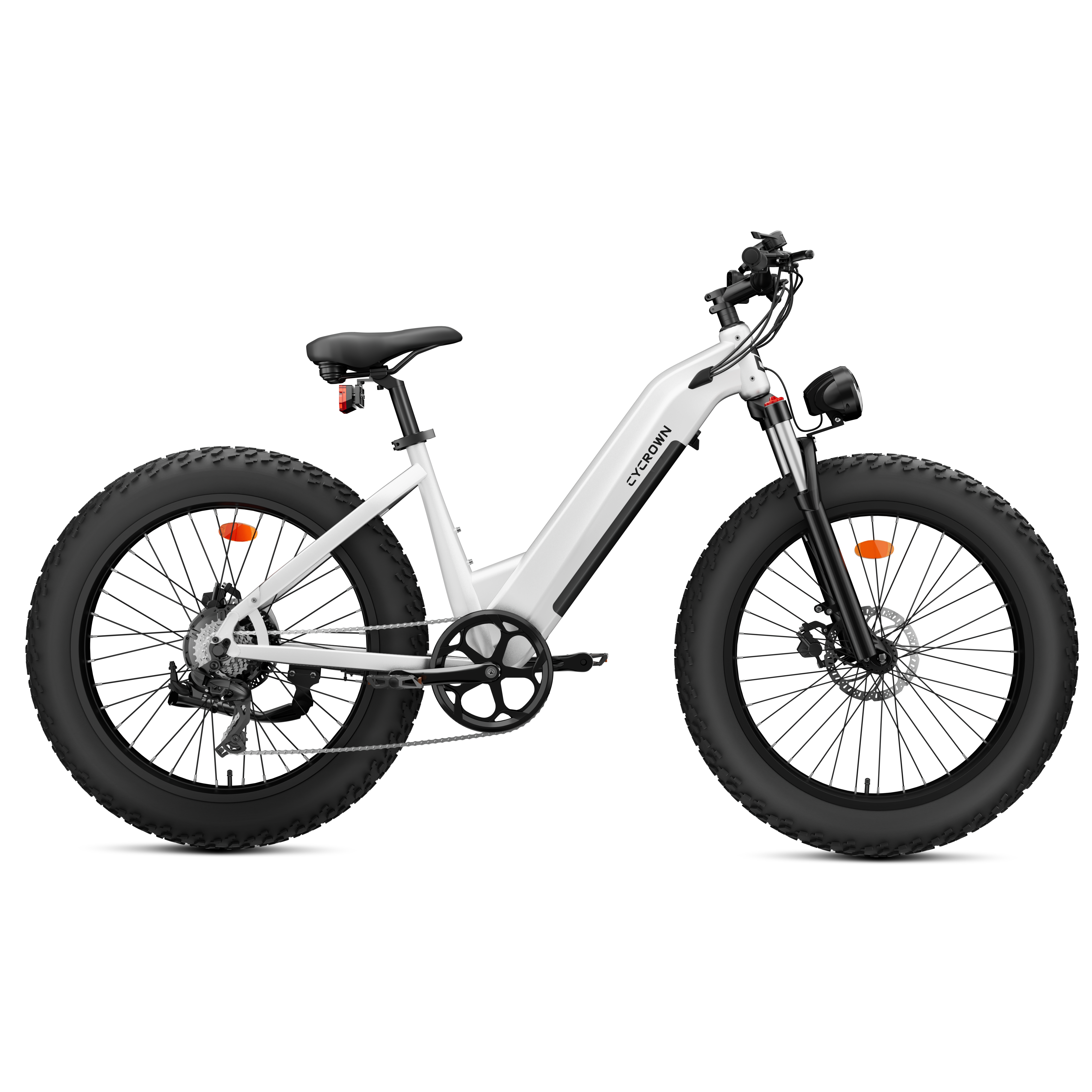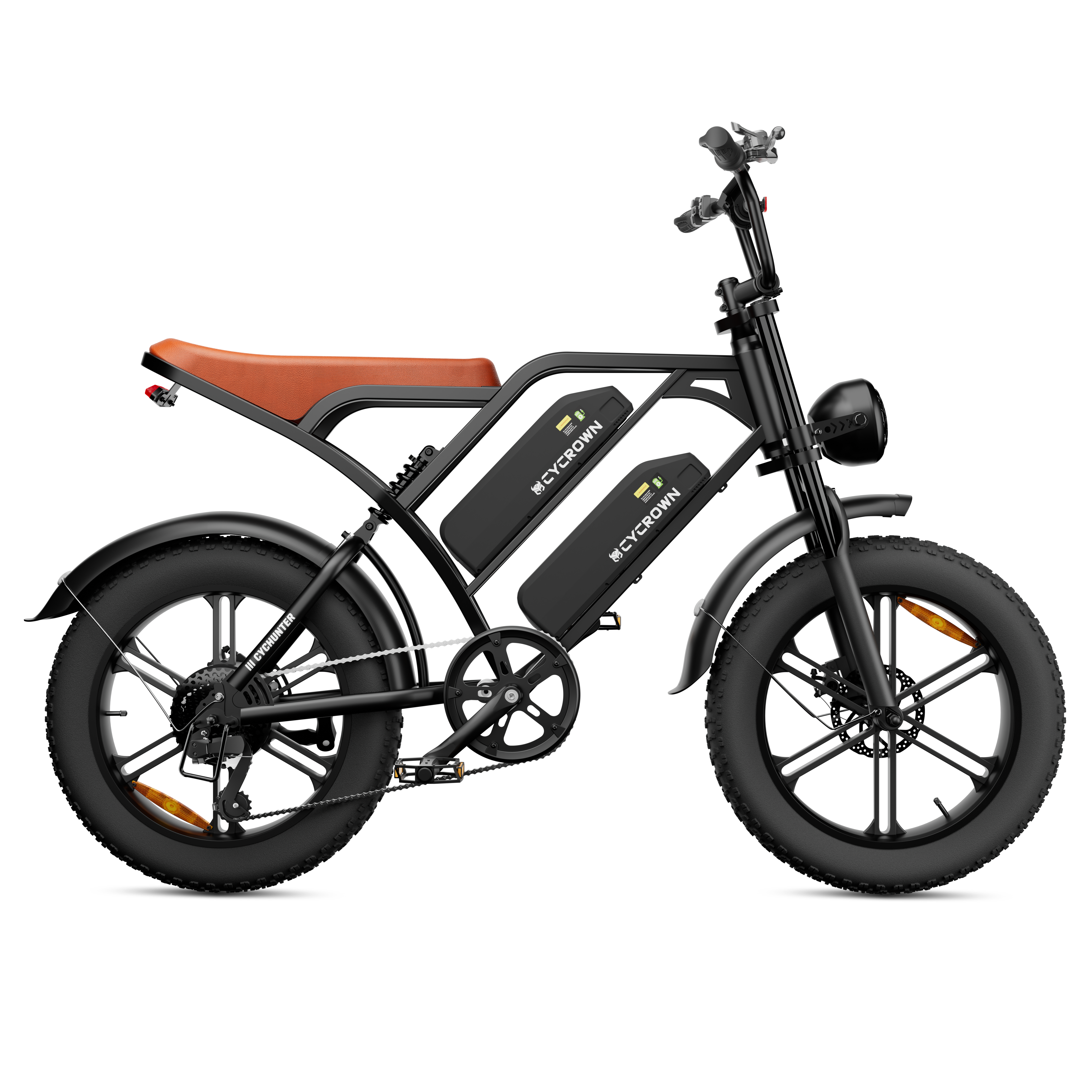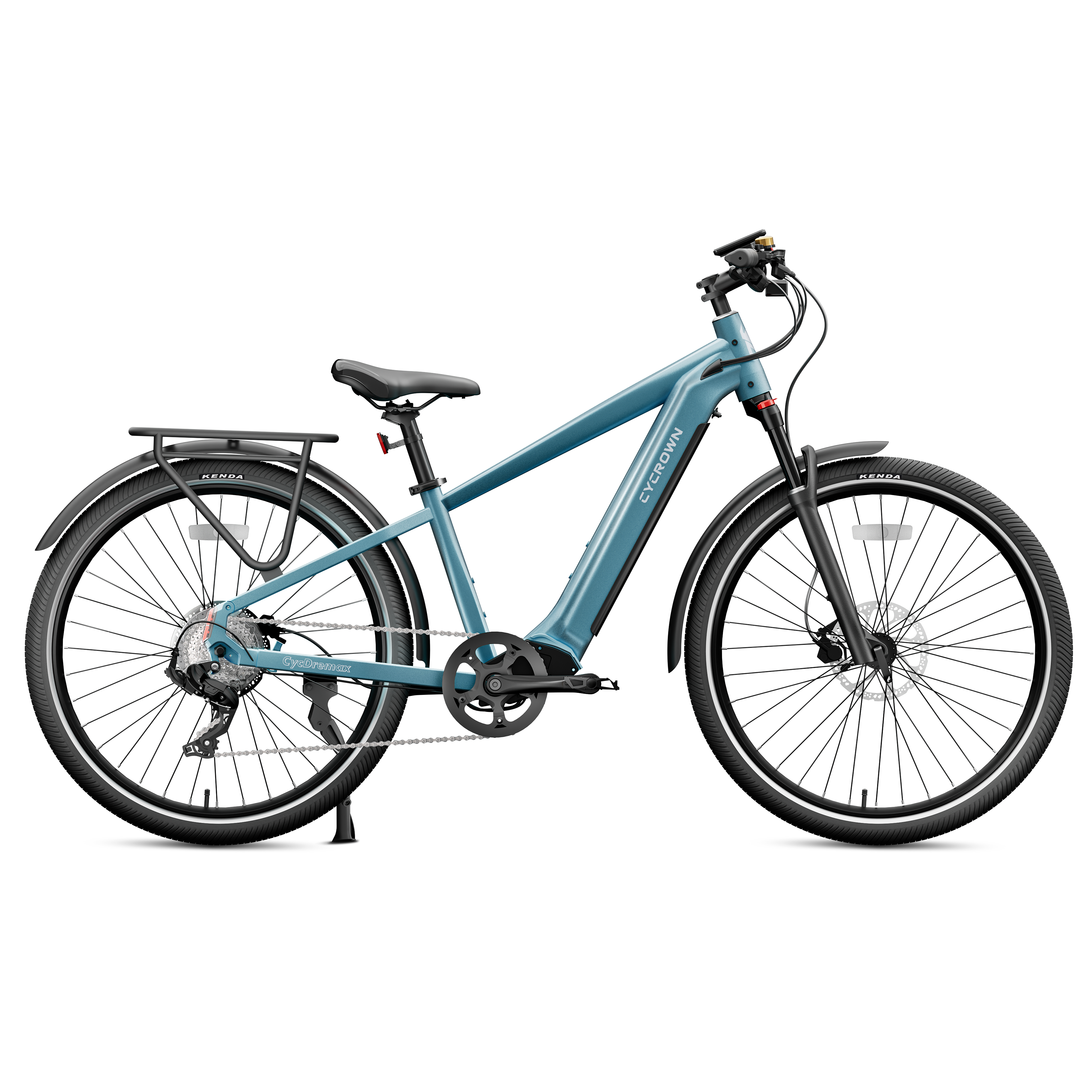If you ride an electric bike, learning to adjust hydraulic brakes is a skill worth having. It keeps your rides smoother and safer.
When you adjust your e-bike’s hydraulic brakes, you’ll mostly align the calipers and tweak the brake levers. The goal? Quick, quiet braking, and no annoying rubbing sounds.
Hydraulic brakes might seem intimidating at first glance. But with a few basic tools and some patience, you can handle it.
Proper brake adjustment really does boost performance and helps your brake pads last longer. You don’t need to be a pro mechanic for this stuff.
Let’s get into exactly how you can adjust your e-bike’s hydraulic brakes and keep things rolling safely.
How to Adjust Hydraulic Brakes on an Electric Bike: Quick Guide

Hydraulic brakes on e-bikes give you strong stopping power and smooth control. Checking and adjusting them regularly keeps you safer out there.
Why Proper Hydraulic Brake Adjustment Matters for E-Bikes
E-bikes weigh more and usually go faster than regular bikes. Your brakes work harder, so even little issues can quickly become safety problems.
When you adjust hydraulic brakes right, your brake pads wear evenly and you get reliable stopping power. That’s especially important in traffic or on steep hills.
Good brake adjustment also protects your wheel hub, brake rotor, and other parts from wearing out too soon.
Signs Your Hydraulic Brakes Need Adjustment
If your brake lever feels spongy, there’s probably air in the line or not enough brake fluid. That squishy lever can mess with your stopping power.
Hear rubbing or squeaking? That’s often a misaligned caliper or rotor. If your bike squeals even when you’re not braking, something’s off.
Worn brake pads mean weaker stops and possible damage to your rotor. If you have to pull the lever almost to the handlebar before anything happens, it’s time to adjust.
Jerky stops or the bike pulling to one side? Those are red flags too.
Properly adjusted hydraulic brakes are key for staying safe on your electric bike. For more essential safety advice and riding tips, check out our full article, Electric Bike Safety: Tips for a Safe and Enjoyable Ride.
Tools You’ll Need for E-Bike Hydraulic Brake Adjustment
You won’t need much for basic adjustments:
- 5mm Allen key or hex key (for caliper bolts)
- Small flat or Phillips screwdriver (for minor tweaks)
- Clean rags and isopropyl alcohol (for cleaning)
- Bike stand (optional, but it’s handy)
- Bleed kit (if you need to remove air or add fluid)
Check your e-bike manual for exact tool sizes. Keep a spare rag for spills and maybe a flashlight for peering at the caliper and pads.
Step-by-Step: Adjusting Hydraulic Brakes on Your Electric Bike
- Check Brake Pads: Lift the wheel and spin it. Peek at the gap between pads and rotor.
- Loosen Caliper Bolts: Grab a 5mm Allen key and loosen both caliper bolts just a bit.
- Align Caliper: Squeeze and hold the brake lever tight. While holding it, tighten both bolts evenly.
- Spin the Wheel: Make sure the rotor spins freely—no rubbing. If it does rub, try aligning again.
- Test Lever Pull: Pull the lever. It should feel firm, not mushy. If it’s soft, bleeding the brakes might help.
- Inspect Rotor: Check for dirt or warping on the rotor. Clean it with isopropyl alcohol if needed.
- Secure Everything: Tighten all bolts. Take a short ride and test the brakes.
Troubleshooting Common Hydraulic Brake Issues on E-Bikes
- Spongy Lever: Air in the system is usually the culprit. Bleed your brakes using your kit.
- Brake Rub: If alignment doesn’t fix it, check if the rotor is bent. Gently straighten or replace it.
- Poor Stopping Power: Look at your brake pads. If they’re thin or uneven, swap them out. Clean off oil or debris from the rotor.
- Squealing Noise: Pads could be glazed or dirty. Give them a quick clean or light sanding, and wipe down the rotor.
If problems keep popping up, look for leaks around the brake lines or caliper. Sometimes you just have to take it to a pro.
Understanding your battery is just as important as brake maintenance. Find out everything you need to know by reading our guide: How Long Does It Take to Charge an Ebike.
Maintenance Tips for Reliable Hydraulic Brakes
Check your brakes every few weeks, especially if you ride in rain or dust. Watch pad thickness, look for oil leaks, and make sure the lever feels smooth.
Keep rotors and pads clean—use isopropyl alcohol, not lubricants. Change pads if they’re under 1.5mm thick.
Every six months, check bolt tightness with an Allen key and inspect hoses. If the lever feels soft, bleed the brakes or head to a bike shop. A little attention now saves you headaches later.
Final Thoughts
Adjusting hydraulic brakes on an electric bike is easier than it sounds. With the right tools and a few quick checks, you can make your e-bike safer and smoother to ride. Regular brake maintenance also helps your bike last longer and saves you from costly repairs.
Don’t let squeaky or weak brakes ruin your ride. Follow these easy steps, and you’ll enjoy better control and peace of mind every time you hop on your electric bike.
Learning how to adjust hydraulic brakes is just one part of keeping your bike safe and reliable. For a deeper dive into all things brakes—including types, maintenance, and expert tips—explore A Complete Guide to Bike Brakes: Types, Maintenance & Tips.
Frequently Asked Questions
Can hydraulic bike brakes be adjusted?
Yeah, you can adjust hydraulic brakes, but there aren’t as many options as with mechanical ones. You’ll mostly adjust lever reach or caliper position.
If the pads sit too far from the rotor, you might need to bleed the brakes or add fluid.
How to tighten hydraulic brakes on an ebike?
First, check for worn pads. Make sure the caliper lines up with the rotor.
If the lever feels soft or loose, air in the system is likely. Bleed the brakes to tighten things up.
How can I make my hydraulic brakes more sensitive?
Keep your brake pads in good shape and unglazed. Make sure you’ve got enough brake fluid—top off with mineral oil if that’s what your system uses.
Bleeding the brakes removes air bubbles and helps them react faster.
Why are my bike hydraulic disc brakes not gripping?
Could be worn pads, a dirty rotor, or air in the brake line. Low or old brake fluid also hurts performance.
Try cleaning the rotor, swap out thin pads, and bleed the brakes if you spot air in the system.
Do hydraulic brakes self adjust?
They do self-adjust as pads wear down. The pistons move closer to the rotor automatically.
You rarely need to adjust manually unless the lever feels spongy or there’s air in the system.
How can I increase the sensitivity of my electric bike's hydraulic brakes?
Keep your rotor clean and make sure the pads are in good shape. Fresh pads can make a noticeable difference.
Double-check that you're using the right brake fluid, like mineral oil, and top it off if it's low.
If your brakes still feel a bit dull, try bleeding them. That'll push out any air and make the brakes feel way more responsive.










